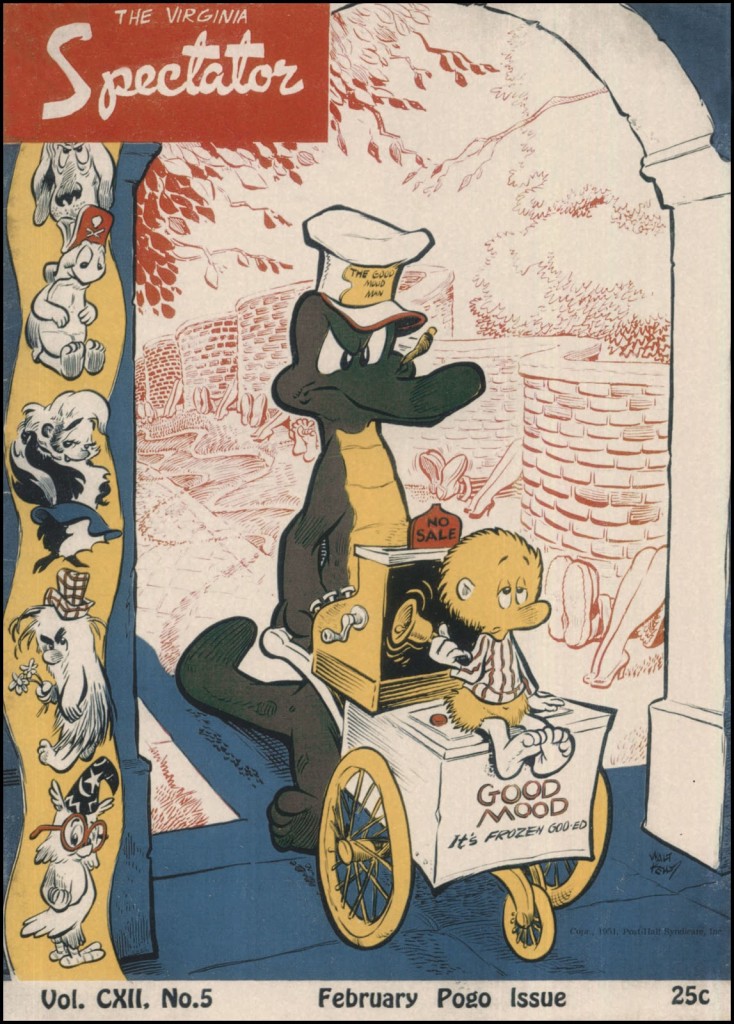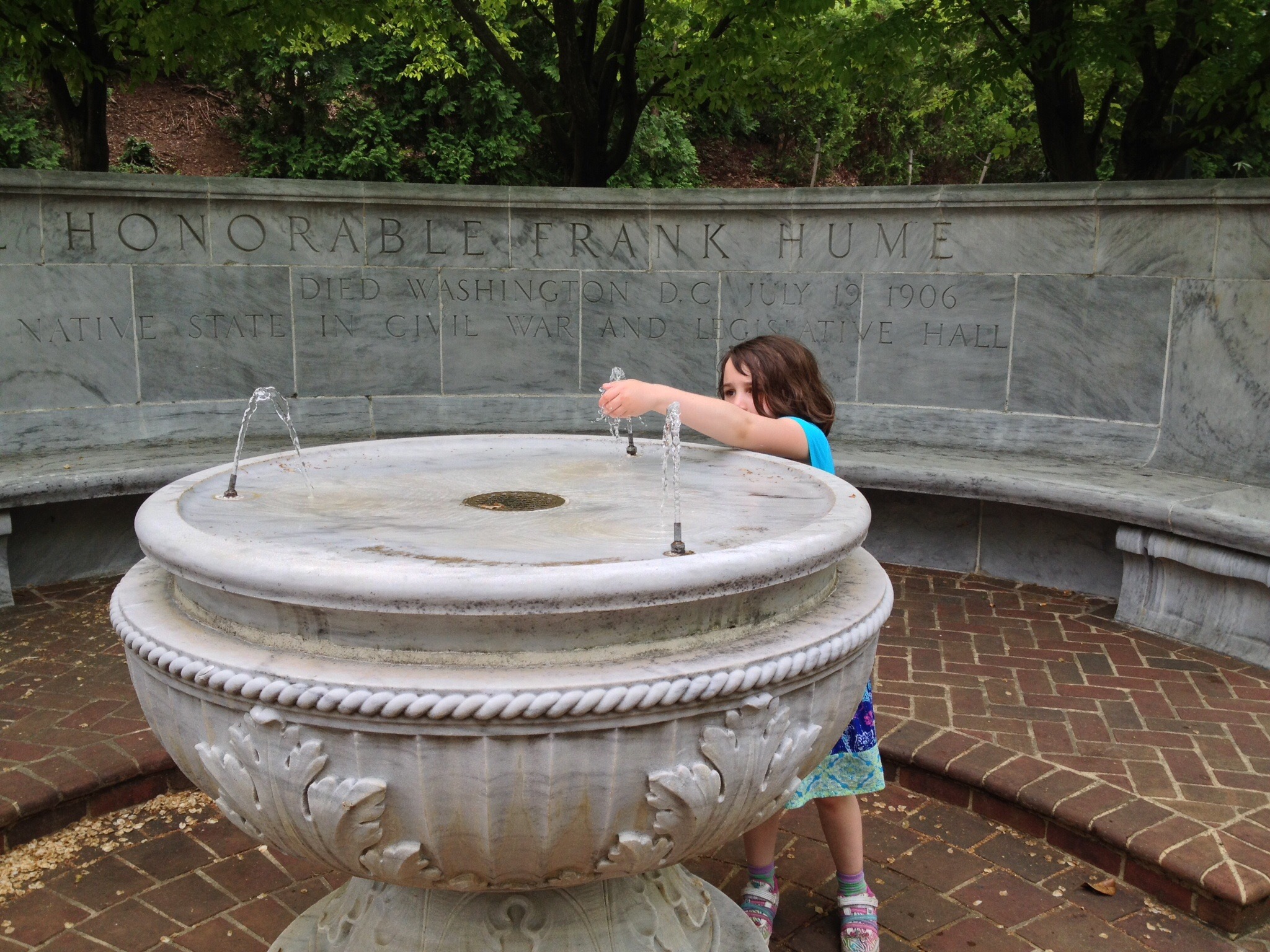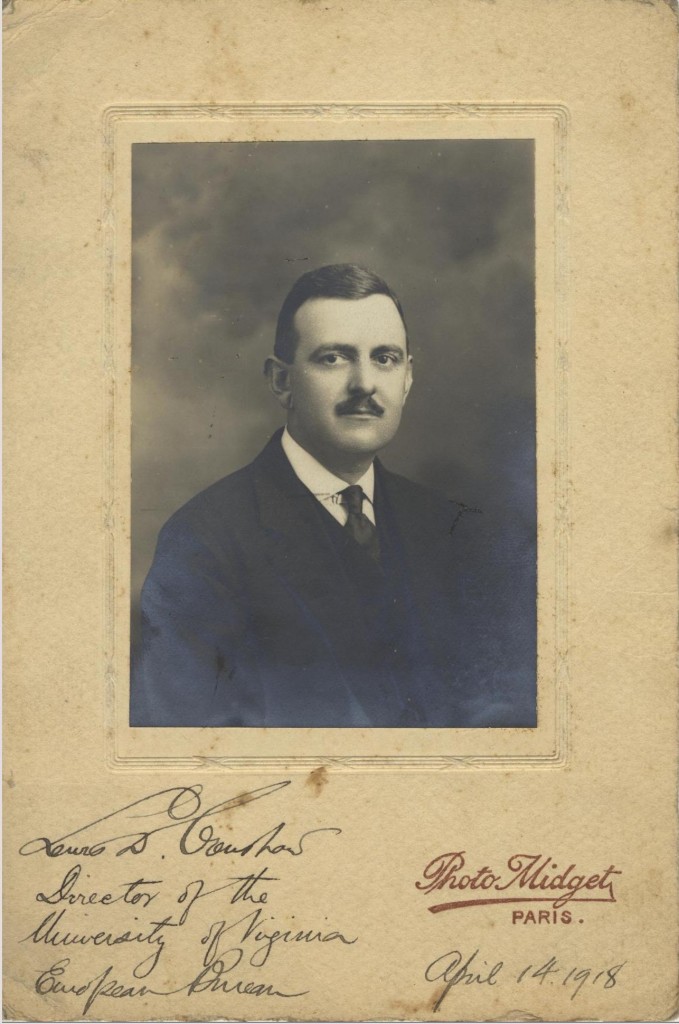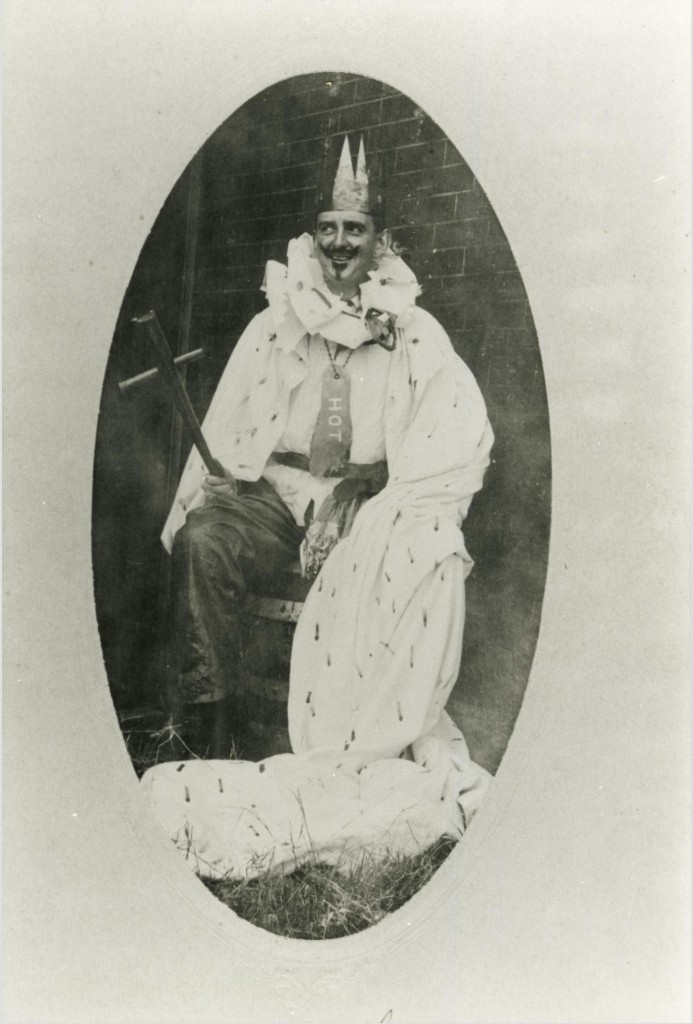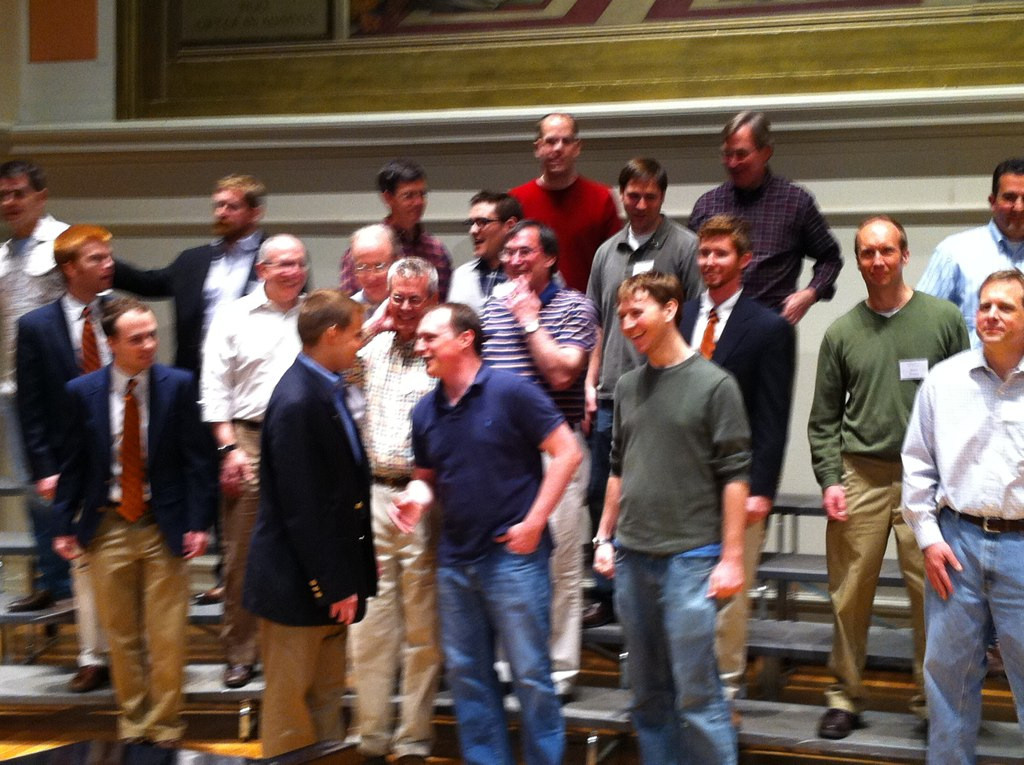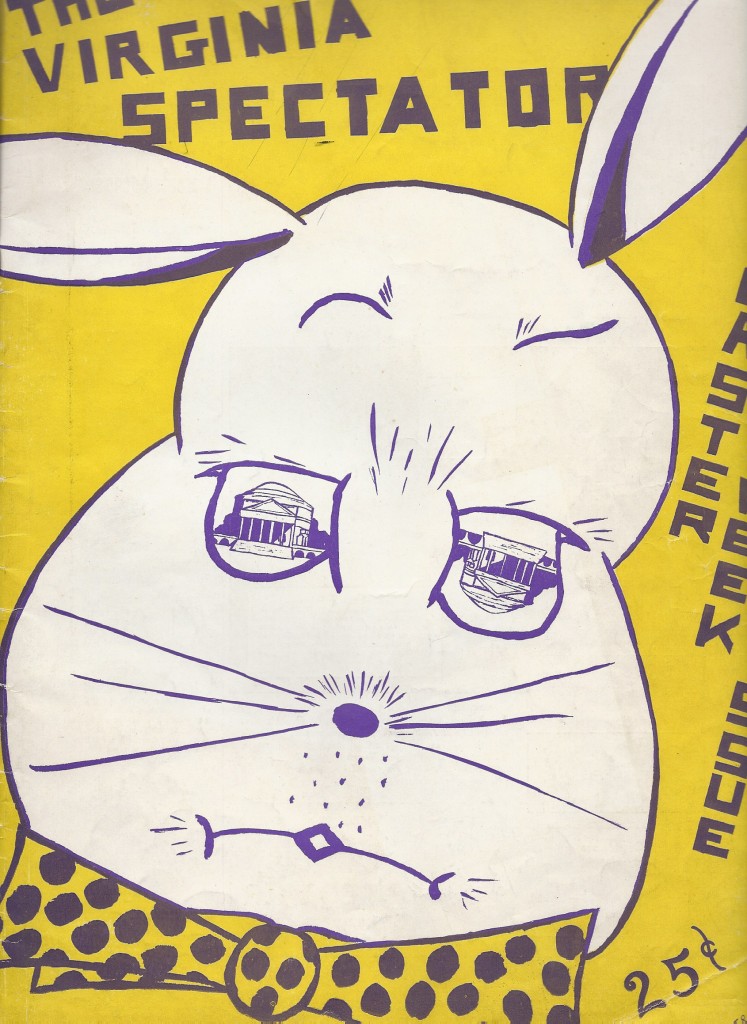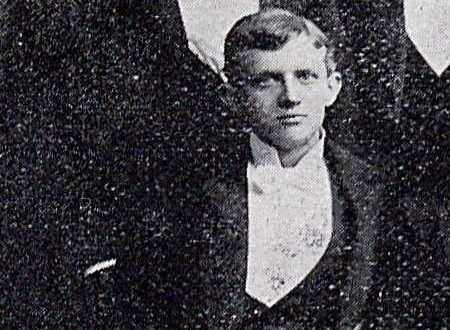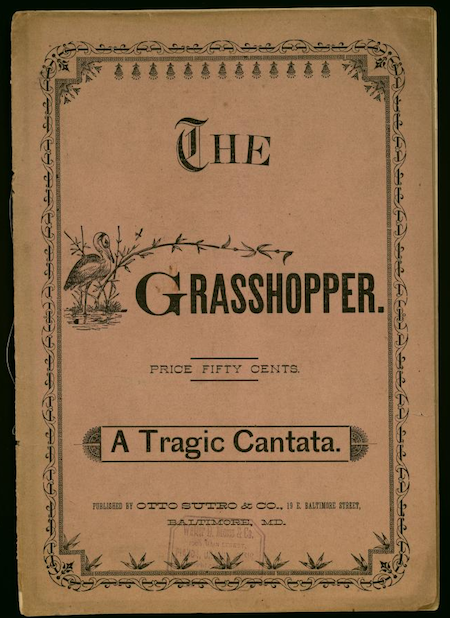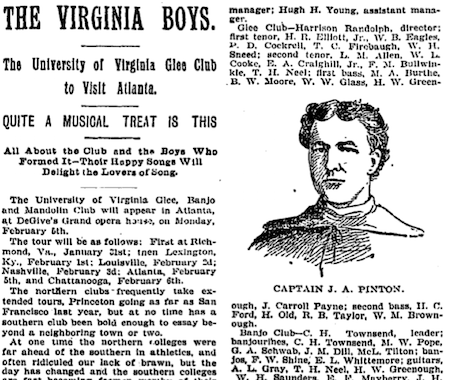As I celebrate the appointment of a fellow Glee Club alum to the bench of the fifth judicial district in Virginia, I thought it would be fun to take a look at the company he joins of fossils who’ve been judges.
John W.G. Blackstone (1879–1880 season). Blackstone (1858–1911) was one of the more notable politicians of the 1879–1880 class (Wilson aside), serving in the Virginia State Senate from 1884 to 1896 when he was appointed the county judge for Accomac and serving as a judge on the Eighth and Eleventh Judicial Circuits until his retirement in 1908.
Oliver Whitehead Catchings (1891–1892 season). At Virginia, he was a law student, captain and quarterback of the football team, member of Phi Kappa Psi, the Z Society and Eli Banana, and editor of both Corks and Curls and College Topics. He completed law school at Virginia and practiced law in Washington, DC while his father, Thomas Clendinen Catchings, was in Congress, then returned with his father to Vicksburg to establish the practice of Catchings & Catchings. He was appointed judge of the 9th Mississippi District in 1905, and died unexpectedly of heart disease in 1916.
Duncan Lawrence Groner (between 1894 and 1896). As Wikipedia records, Groner served as a judge of the Eastern District of Virginia and as chief justice for the United States Court of Appeals for the DC Circuit, as well as serving six years in the United States Senate for Virginia.
George Latham Fletcher (seasons between 1895 and 1898, music director 1897–1898). A member of the Z Society and Eli Banana, he practiced law, served as judge of the 28th Judicial Circuit of Virginia in Warrenton, and served two terms as a state senator. Possibly the most memorable case over which he presided as judge was the divorce of future Duchess of Windsor Wallis Simpson from her first husband, in 1927.
Frederick Garner Duval (1905–1906 season). A member of T.I.L.K.A. and the dramatic troupe the Arcadians while at Virginia, Duval was an attorney in Alexandria and later became civil police justice there.
Sheffey Lewis Devier (1917–1918 season). Devier practiced law in Harrisonburg, and served as both a justice of the peace and judge of the juvenile and domestic relations court for Rockingham County. He later served a term as mayor of Harrisonburg.
Absalom Nelson Waller (from 1922 to 1925). Vice president of the Glee Club, he served as a county judge in Spotsylvania County for 32 years.
Robert Fitzgerald (1939–1940 season). An engineering student at Virginia, he served in the US Marine Corps during World War II at the Pacific front and and was discharged a second lieutenant. He practiced law in Falls Church, was appointed a trial judge in Fairfax County, and was later elected to the Virginia Senate.
Charles Stevens Russell (from 1945 to 1948). A Raven, he was appointed to the Seventeenth Judicial Court of Virginia in 1962, and served there until he joined the Virginia Supreme Court in 1982, retiring in 1991.
Edward Earle Zehmer (from 1949 to 1951). Another Marine, Zehmer practiced law for 23 years before his appointment to the First District Court of Appeal in Florida in 1983.
There are probably other still-living Glee Club fossils who sit on the bench, but those are the ones we know of for now. So my friend is in very good company!

